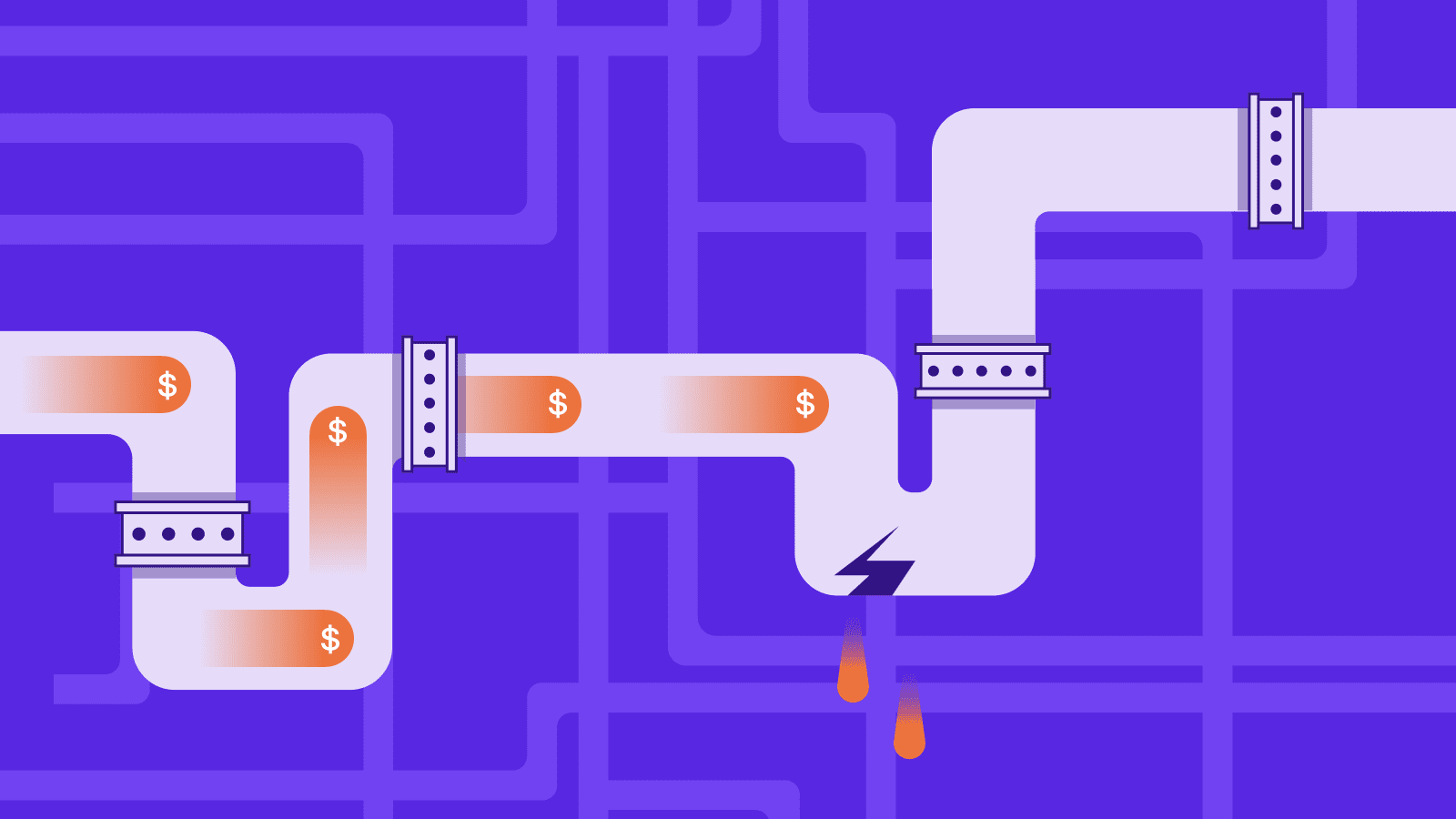It’s estimated that 42% of businesses experience revenue leakage, sometimes at a staggering rate. In fact, companies lose an average of 9% of their annual revenue through revenue leakage. Which is disappointing, since money lost in leakage is essentially what your business should have rightfully earned.
Fortunately, there are solutions that can plug those gaps. By putting the right system in place, deploying automation and rich analytical capabilities, you can effectively eliminate revenue leaks for your business.
Table of Contents
- What Is Revenue Leakage?
- What Are the Common Causes of Revenue Leakage?
- How to Identify and Plug Revenue Leakage
- Five Ways to Prevent Revenue Leakage in SaaS and Subscription Businesses
- Keep Your Revenue Watertight
What Is Revenue Leakage?
Revenue leakage is the amount of money that a business has earned but hasn’t actually collected. Translation: it’s money from your customers that gets processed but doesn’t get credited to your account due to a variety of reasons.
Among the vectors of revenue leakage is lack of awareness within a business. For example, a sales team could be misinformed about a price increase for a particular service and end up undercharging clients. Other reasons for revenue leakage include inefficiencies in finance processes, human error, pricing or billing errors, or incompatible billing systems.
How Does Revenue Leakage Affect SaaS Businesses?
As a SaaS or subscription business, your income is going to be driven heavily by recurring billing operations. If there are errors anywhere in your recurring billing process, you stand to lose revenue on a fixed recurring basis.
Since revenue accrual is periodic for SaaS and subscription businesses, an inefficiency that leads to revenue leakage latches on to that periodicity to become an even greater inconvenience to the bottom line.
For example, let’s say your company has split one of its services into two separate add-on products. If that change isn’t correctly entered into your system and client accounts aren’t correctly tagged, you could end up undercharging all of your customers on a fixed recurring basis for a number of months. That could equate to an incredibly large loss in revenue.
Multiply that leakage by your total number of customers, and you’ll start experiencing cash issues very quickly. That’s why it’s absolutely critical SaaS businesses have accurate and trustworthy recurring billing operations in place.
How To Calculate Revenue Leakage?
Preventing revenue leakage can be incredibly difficult without the right solutions in place. Calculating your revenue leakage is a lot easier.
You can deploy a simple formula to figure out how much leakage has occurred within your business. First, add up how much income your projects or product lines should be generating. Then, calculate the amount of cash you’ve actually received.
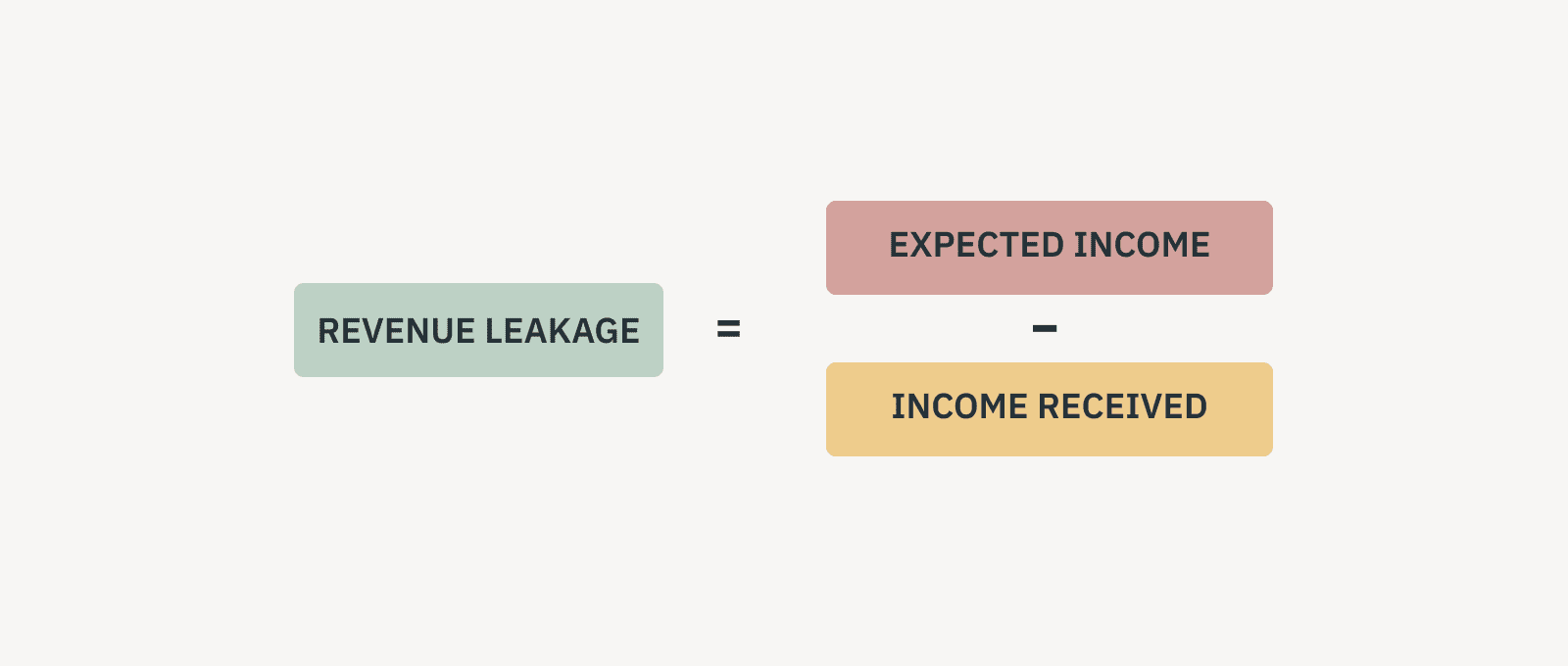
The difference between those numbers is your estimated revenue leakage.
6 Common Reasons behind Revenue Leakage
No two businesses are 100% alike — and so there might be causes of revenue leakage unique to your business. But generally speaking, there are a set of core inefficiencies and gaps where SaaS and subscription businesses tend to experience revenue leakage.
To help you get started in your hunt to identify sources of revenue leakage, let’s quickly walk through these shared issues.
1. Inefficiencies in Recurring Billing Operations
The first (and one of the most impactful) causes of revenue leakage you should be aware of occurs within a company’s recurring billing operations.
If there are any operational inefficiencies within your recurring billing process, it’s easy to miss out on earned revenue.
By “inefficiencies,” we’re talking about both manual and automated errors.
Manual errors can include things as simple as sending an invoice with the wrong total amount represented. By contrast, an automated error might include if your automated invoice-generating system pulled the wrong data and periodically charged customers the wrong invoice amount.
Little mistakes like that can cost a company over time.
But there are other inefficiencies that create leakage in the recurring billing function — and one of the big ones is when an existing system is unable to accommodate a complex billing cycle. Without a powerful billing solution in place, systems and their operators often find it difficult to downgrade or upgrade the billing cycle.
This can lead to mistakes, which often means your SaaS company is missing out on some of its rightfully earned income.
2. Discounts, Coupons, and Credit Notes
Customers love discount codes — which is why they can be a fantastic way to incentivize transactions and attract new customers to your business. But too much of a good thing can hurt you in the long run.
If your sales team is giving away too many discounts, those low prices will begin to eat away at your bottom line pretty quickly. That being said, the same issue could arise if there are many easily available coupon codes just floating around online for your customers to take advantage of.
There are a whole lot of discount code websites out there. Unless your team has a system in place to maintain a presence on these sites or shut down old codes, your business could lose money as a result of old discount codes that you may not even remember issuing.
3. Manual and Inefficient Accounts Receivable Process
Another major reason SaaS companies experience revenue leakage is that their AR processes are too inefficient.
By investing workforce bandwidth to manually follow up on unpaid invoices, you not only lose time but also stray from what really matters — delivering value to your customers. Instead, investing in an automated solution streamlines and organizes your AR processes. Case in point, Deliverr’s synergy with Chargebee’s accounts receivable automation software helped them reduce manual inefficiencies and introduce collections velocity to support their volume and scale.
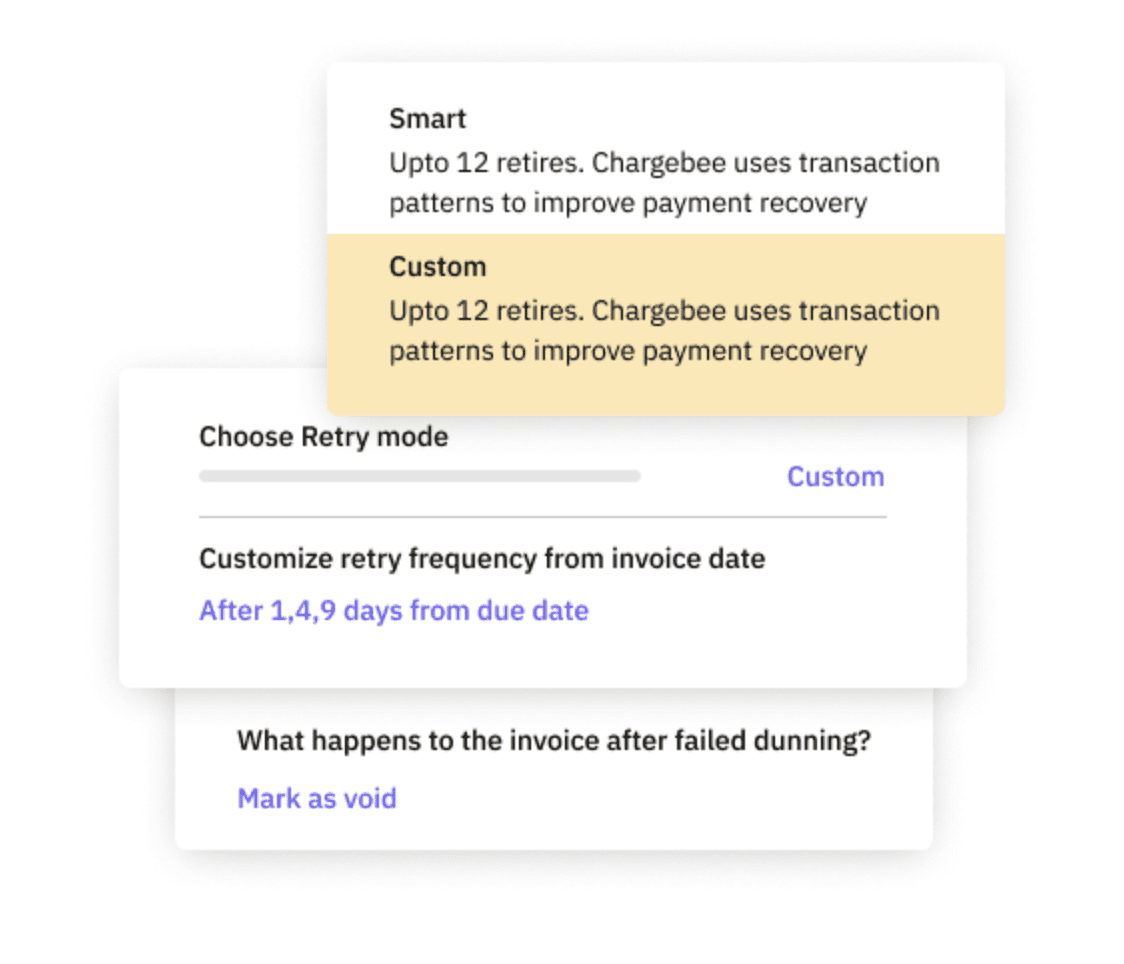
For example, manual follow-ups and reminders to customers require marketing, finance, and operations synergy. In short, they are both arduous and time-consuming. Setting up automated smart payment recovery rules instead not only helps you bypass human error but also reduces your collection costs, thereby minimizing dependency and resource-consumption.
Because this solution gives you access to such a rich data environment, you’re also able to dive a lot deeper into your open invoices and cash flow. This allows you to forecast your cash flow more accurately.
Chargebee’s automated AR solution also integrates seamlessly with accounting tools and payment gateways like Stripe, QuickBooks, and Xero, to ensure a smooth end-to-end receivables process. Automatically sync your invoice data and contract data, as well as reduce payment failures — thus improving your entire AR function without lifting a finger.
4. Payment Failures and Involuntary Churn
In the world of SaaS and recurring billing, involuntary churn is when you lose a subscriber not because they didn’t value your relationship, but because of mechanical reasons, like payment failures or card declines. Iffy payment gateways or even something as simple as your customer’s credit card expiring may terminate perfectly functional relationships unannounced.In such cases, having a backup payment method or an additional card on file is critical to preventing an automatic cancellation, which is irrespective of whether the customer wants to continue with their subscription.
If the customer data you rely on to process payments has to be pieced together from different systems, you may end up getting stuck with outdated customer information.
When this happens, your business might not be able to collect payment from all of your customers (even if you’ve continued to render a service). That means a leak in revenue on your part — which could be exacerbated if you continue to provide goods or services to those customers.
Chargebacks are also a huge issue when it comes to involuntary churn. They occur when a customer disputes a transaction with their credit or debit card provider, though product returns also fall under the umbrella of chargebacks. The card issuer will then demand that your business returns the specified amount.
Researchers estimate that involuntary churn accounts for anywhere between 20% and 40% of a company’s total churn — which is surprising, because involuntary churn can also be controlled. In these situations, the ideal solution is to deploy a Dunning Management System.
With the help of a Dunning Management System, you can recover potentially lost revenue through a series of efficient and automated processes that you can customize to suit your software business.
Chargebee’s Dunning Management System takes that support a step further by enabling you to set up recovery processes for future subscriptions, trial expirations, one-time invoices, and more.
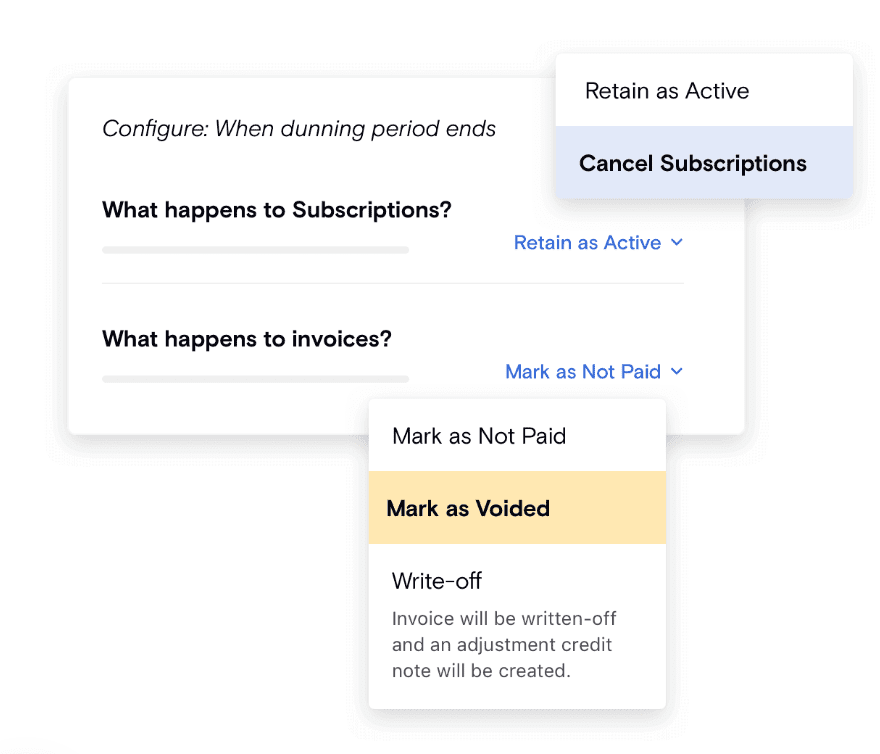
5. Voluntary Churn
In addition to involuntary churn, voluntary churn can be a source of revenue leakage, too.
Voluntary churn tends to occur when one of your customers terminates a subscription or downgrades their subscription plan to a lower-tiered option.
The easiest way to avoid voluntary churn is to ensure that your business identifies problems within your customers’ journeys and solves them sooner so that customers won’t want to leave or downgrade their subscriptions in the first place.
Chargebee Retention can help your business achieve this, as it directs your customers to personalized loss aversion content if they try to cancel a subscription. This enables you to entice customers who are considering leaving with offers so that they stay with your business — thus reducing voluntary churn.
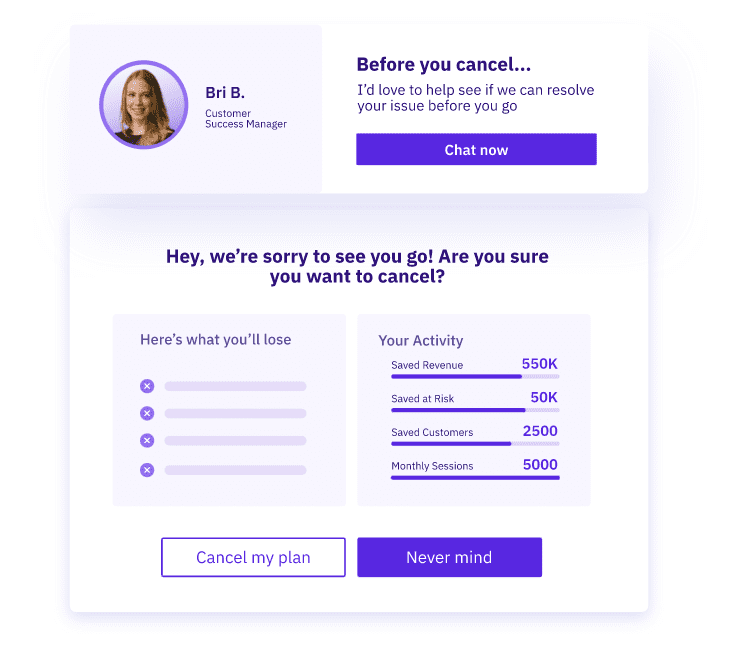
But even if customers decide against these personalized offers and continue on to cancel their plan, you’ll benefit from analytics to inform ways you may wish to change existing offers, workflows, or products to further decrease voluntary churn.
6. Lack of Internal Communication
When it comes to revenue leakage, a lack of internal communication can often be the most frustratingly simple cause.
Think about it: if your customer sales team isn’t fully up-to-date on your critical business policies or price structures, they’re going to be selling blind. Your team members might inadvertently charge too low of a rate, or they might be totally unaware that a particular service is meant to be an add-on service at an extra invoiced cost.
By creating a constant flow of communications between all of your teams across your wider enterprise, you can avoid these potentially costly mistakes.
In some cases, you can also run into revenue leakage if there’s any sort of misalignment between your sales team and your Customer Success Manager (CSM).
For example, let’s say a customer is looking for an additional feature. You could easily upsell to that client to earn additional revenue. But if the client hasn’t been accurately tagged between the sales team and the CSM, that customer very well might end up buying a different tool just to gain the sole additional feature they’re looking for.
Not only will this equate to lost revenue, but it could also result in voluntary churn if your customer leaves your business altogether in search of another software provider that can give them the functions they’re looking for.
No two software companies are identical, so the causes of revenue leakage they experience might not be the same, either.
If you need help determining the cause of revenue leakage within your organization, check out Chargebee’s free RevenueMD tool.
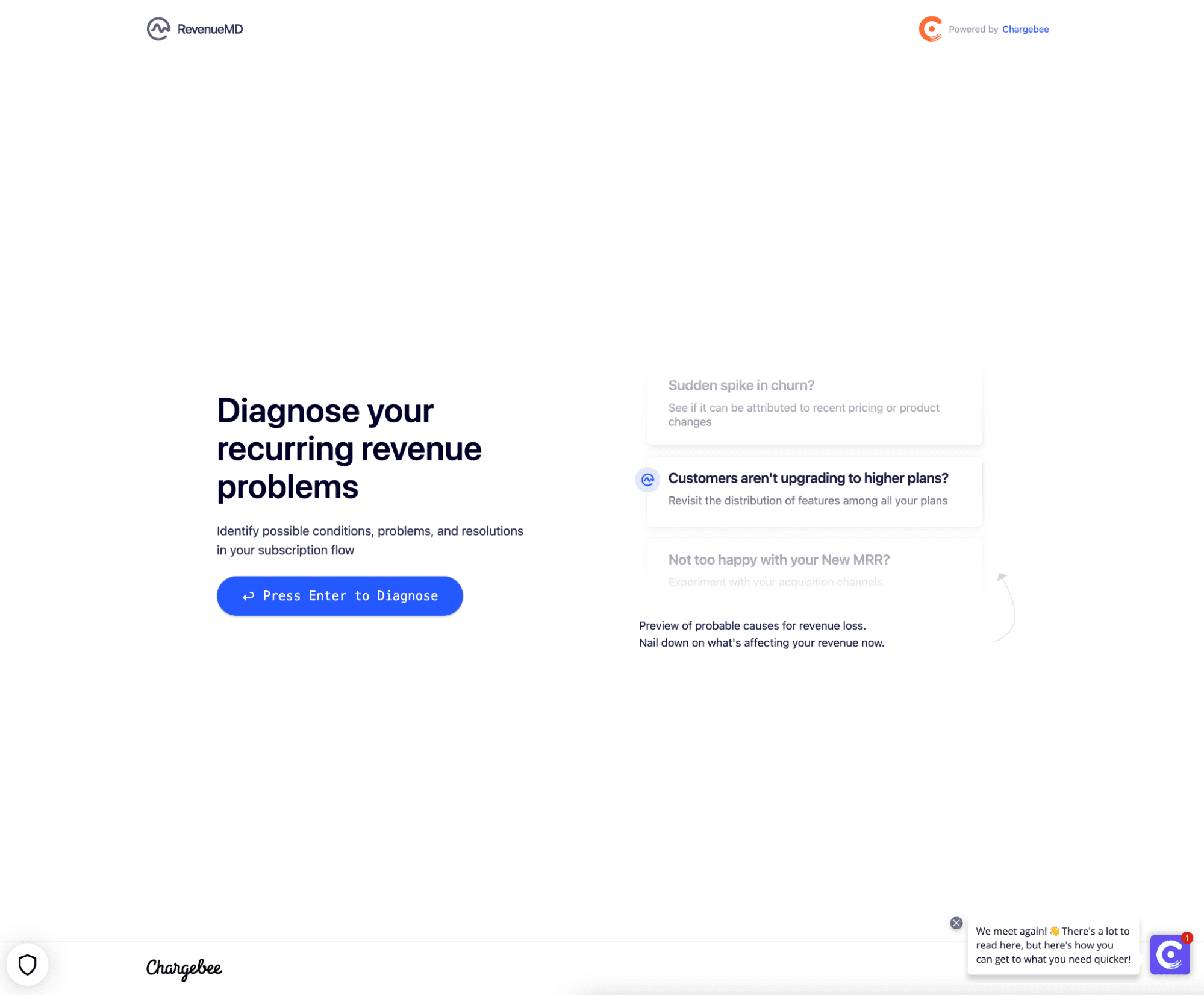
Not only will it identify your recurring revenue problems, but it will also offer diagnoses and potential solutions to help you plug the gaps and start recovering your earnings.
How to Identify and Plug Revenue Leakage
The first challenge in fixing revenue leaks is to identify where they’re occurring. From there, you’ve got to figure out how you can prevent further leakage from happening.
Let’s take a look at how you can track down sources of leakage.
How to Identify Revenue Leakage
Traditionally, businesses would follow three steps to identify potential sources of revenue leakage. It’s worth noting this traditional method isn’t the most efficient — but we’ll touch on how you can automate this process shortly.
- Form a hypothesis regarding where the leaks are coming from.
- Rank each type of leak by the economic value they pose to your company’s bottom line.
- Test your hypothesis.
By “test your hypothesis,” we mean to conduct a more detailed audit within each area to look at problems with existing data or current processes.
An example here might help.
Let’s say you run a publishing company and realize you’re under-collecting on sales to your advertising clients.
Your initial hypothesis might be that clients are being quoted at prices below what’s in their contracts. An alternative hypothesis might be that your clients aren’t getting consistently billed for their ads.
You’d then perform an audit to find out that these unearned discounts are creating a bigger problem than billing is. Afterward, you could work on a solution to correct this problem.
But it’s important to consider how the identification process works in the software ecosystem.
In terms of SaaS businesses, it’s critical that your business investigates any and all data related to your revenue. The key here is to look at your subscription plan metrics, which will enable you to conduct a revenue leakage analysis.
But as we’ve already pointed out, this more traditional method of hypothesis testing can be fairly time-consuming if your hypotheses don’t pan out.
For example, let’s say hypothesis testing has led to your discovery that your initial guesstimate on revenue leakage was flawed. After auditing, it turns out that new customers were churning in recent months not because they did not find value but because cards were inaccurately charged.
In this case, you’d then need to restart the second step of this process again with that new information — which isn’t the most time or resource-effective way to identify revenue gaps. By automating this process of discovery, you can actually achieve hypotheses and testing within the same step.
This subsequently gives your business a more accurate problem discovery process.
That’s why some subscription businesses have turned to tools like Chargebee’s Billing Analytics reports.
These sorts of platforms enable you to easily see how much cash is hitting the bank and compare it to the Monthly Recurring Revenue (MRR) value you forecasted. This will give you key insights to make better-informed decisions about where revenue is leaking and how you can plug the gaps.
For example, Whiteboard CRM was able to grow its MRR by over 35% over the course of eight months and reduce its churn almost completely.
Before using Chargebee, Whiteboard struggled with solid automation in recovering revenue from failed payments. Chargebee’s dunning tools helped them standardize and automate most of their processes around failed payments, which meant a near 100% reduction in churn.
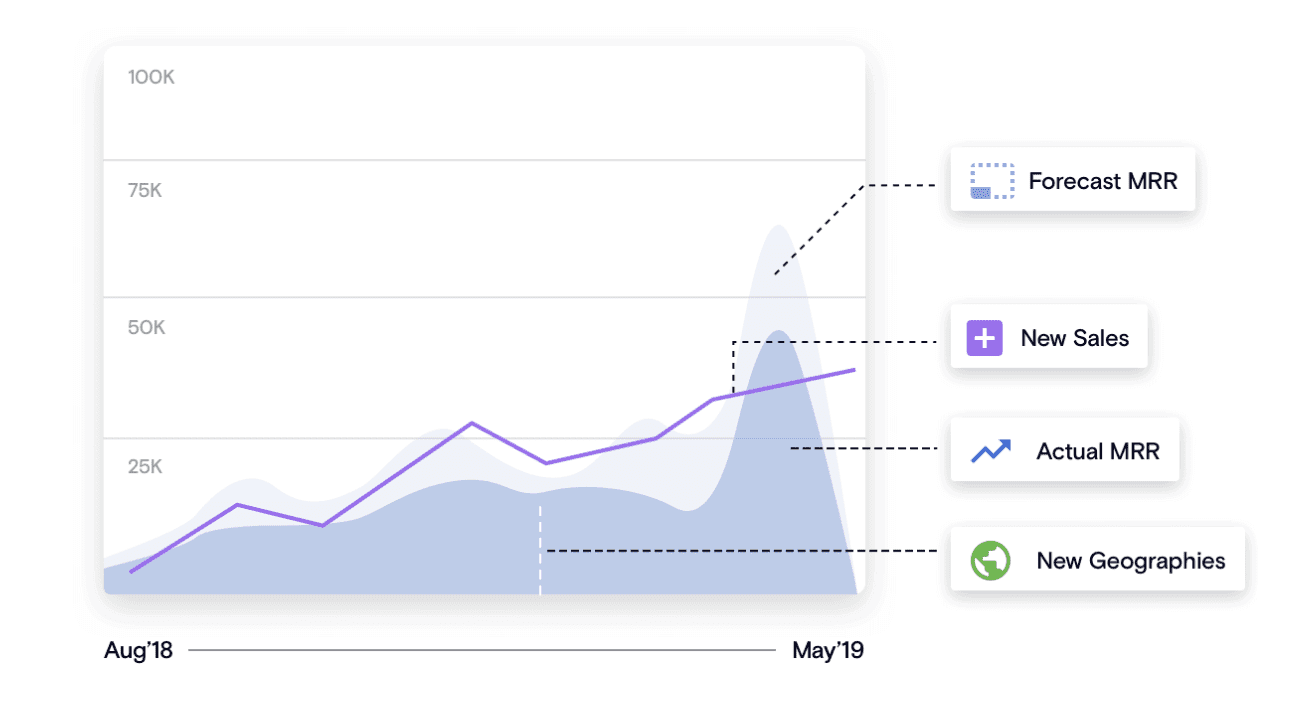
Chargebee’s Receivables and Leakage Analytics reports can help SaaS businesses further contextualize revenue leaks — particularly where discount codes and coupons are concerned.
For example, you can look at each coupon and visualize it alongside the new MRR you’re generating from various campaigns, and you can also draw up A/R aging reports. These will show you which (if any) receivables in your system are getting stuck at an unmanned procurement desk.
How to Plug Revenue Gaps
The source and the cause of revenue leakage are often due to operational inefficiencies that appear in your workflows and processes. Sometimes, those inefficiencies are easy to fix.
But for more complicated problems — and to eliminate revenue leakage completely — your SaaS business should start looking at long-term solutions. This might include moves like fixing broken workflows with the help of automation software or introducing new processes and systems designed specifically to help you reduce preventable errors and revenue loss.
Again, this is where software teams may want to look to Chargebee for support.
Chargebee’s Revenue Recovery Suite uses a multi-pronged approach when it comes to plugging revenue gaps.
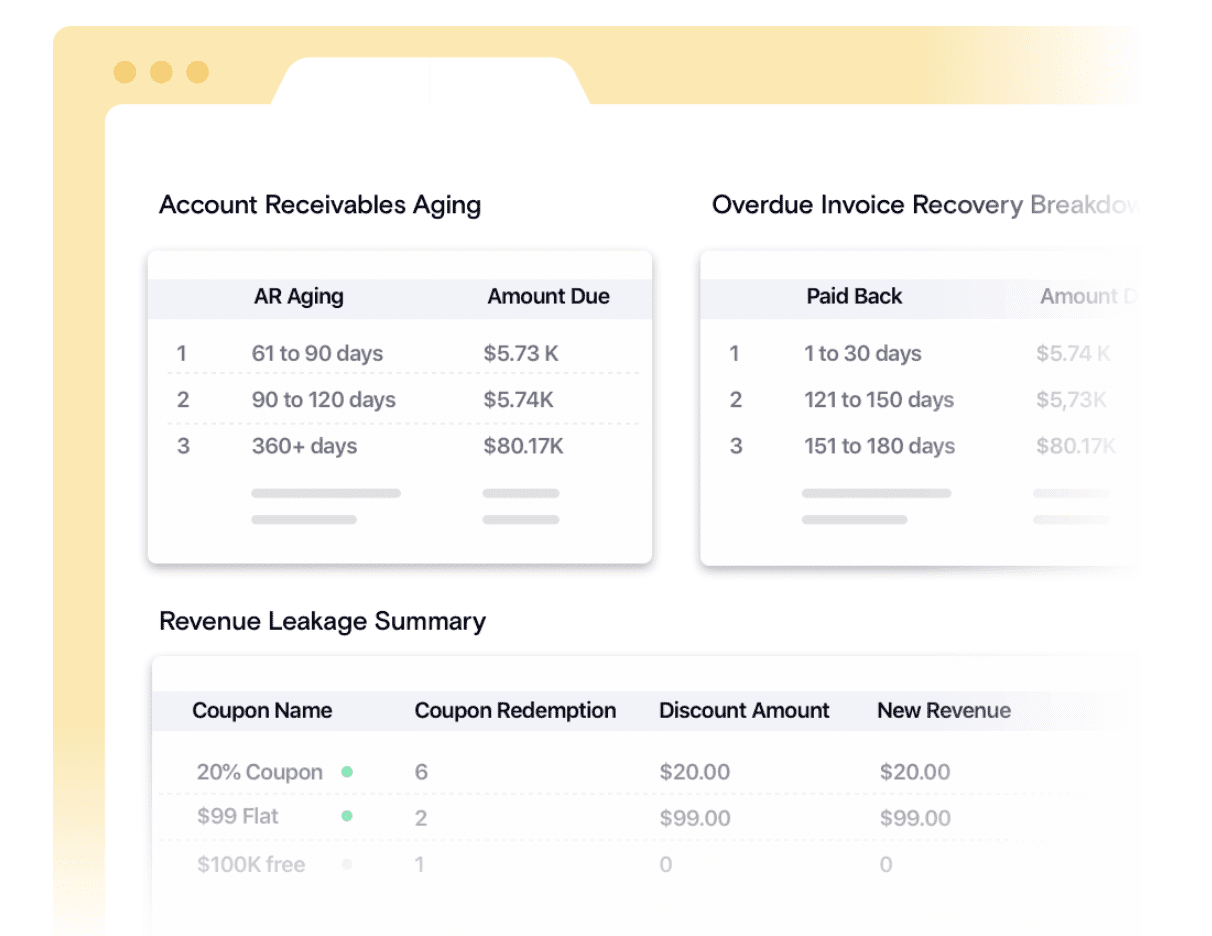
First and foremost, it uses Smart Dunning — letting you configure smart retries with reminder emails based on a number of factors specific to your customers, like what payment types they use, their payment history, and what time of day they’re more likely to read your payment reminder emails.
Chargebee also improves your chances of revenue assurance by offering alternative payment methods as a fallback option. This helps you avoid mounting involuntary churn and makes life more convenient for the individuals that matter most to your success: your customers.
Five Ways to Prevent Revenue Leakage in SaaS and Subscription Businesses
No two software companies are alike. The solutions you’ll need to deploy to combat revenue leakage might be different from those of your partners or competitors.
That being said, there are five tried-and-tested ways to plug revenue leaks that just about every SaaS business will find beneficial. Let’s take a look.
1. Use Automation
One of the easiest ways to prevent revenue leakage is by automating your systems and processes — particularly around invoicing and recurring payments.
By deploying an automated recurring invoice software solution and integrating it alongside your existing operations, you’ll be able to eliminate all of the human errors and inefficiencies that slow down your recurring invoicing process or mess up your manual spreadsheets.
If you’re keen to explore how automation can help you plug gaps, it’s worth checking out Chargebee’s automated recurring billing feature. With Chargebee, you’ll be able to automatically and accurately track product usage to make sure that all your invoices include the right taxes and charges.
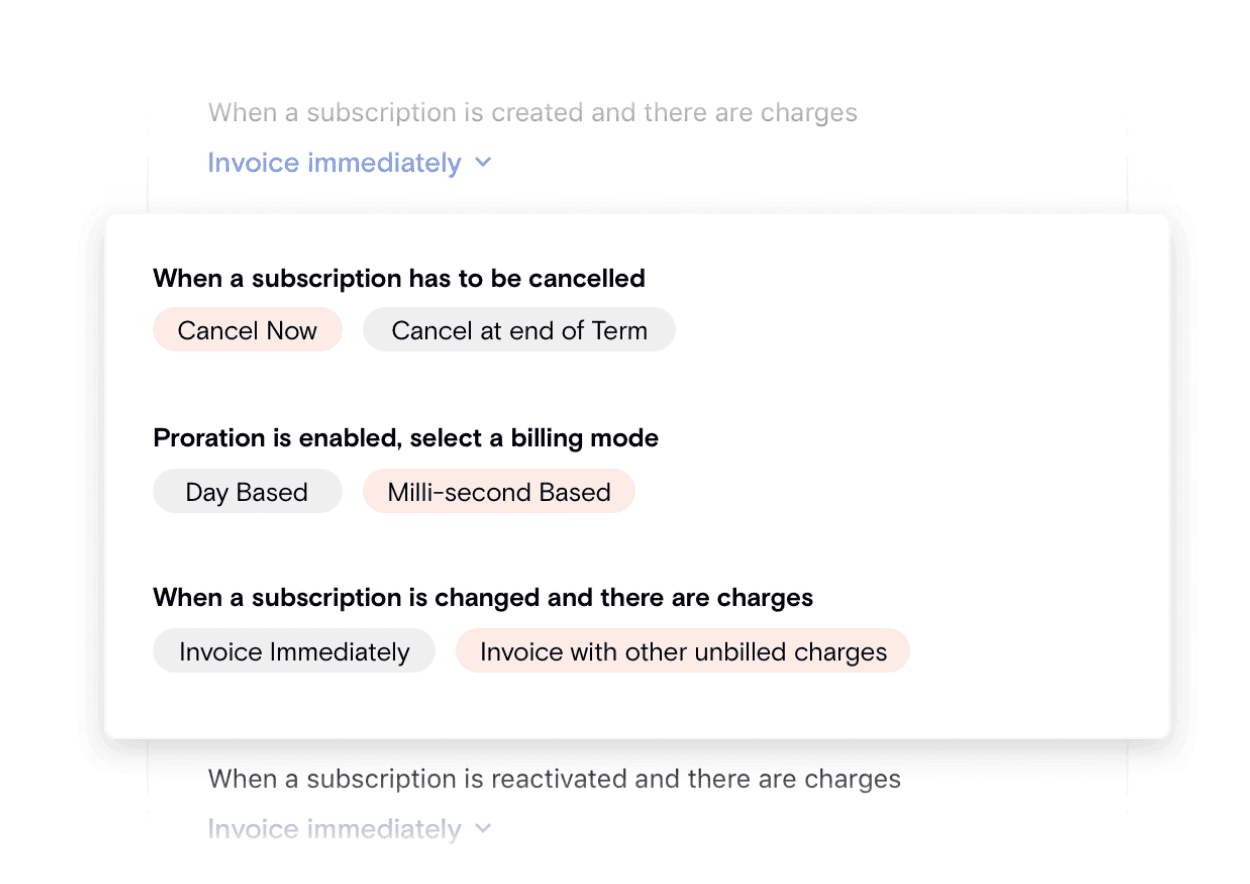
Chargebee’s Billing LogIQ makes it simple to customize your invoices. You can set up unique billing dates for each customer based on their sign-up date, use auto-calculating prorations for upgrades and downgrades, create rules on how you’d like to handle customer cancellations, and more.
2. Fix Discounting Workflows and Implement a Proper Coupon System
Another effective way to plug revenue gaps is to crack down on your software company’s discounting workflows and create an airtight coupon system.
By establishing (and enforcing) a process for single-use coupons, you’ll be able to keep better track of all the coupons that your team has generated — and all the coupons that your customers have redeemed.
Chargebee’s Discount Management System offers a dynamic way to tackle this approach.
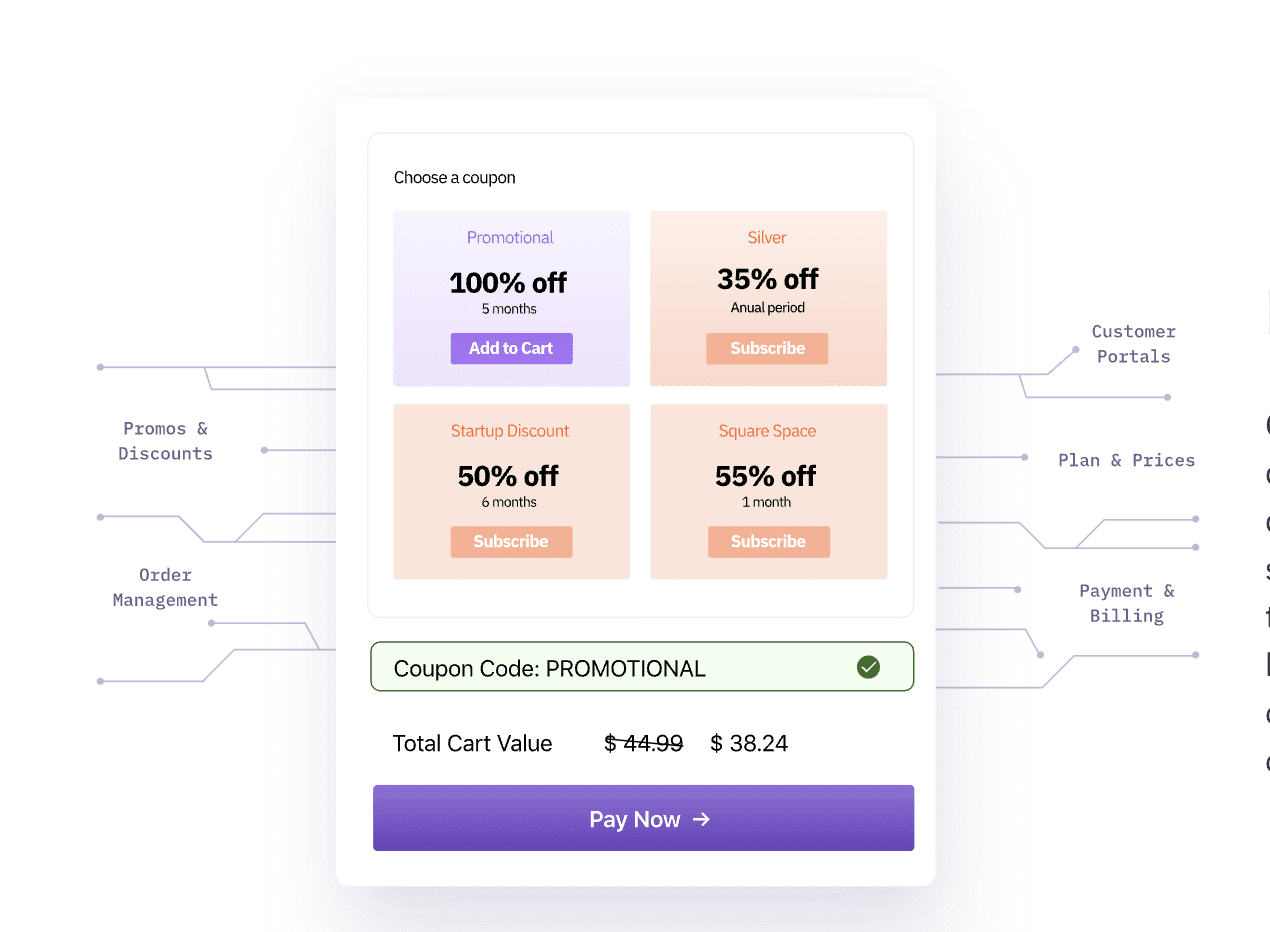
Its flexible coupon system enables you to experiment with various discounting strategies in real time so that you can run promo campaigns and analyze your results. You can then scale your discounting strategy based on those results to make sure the discounts you’re offering are generating leads and converting into sales.
Chargebee’s Discount Management System even lets you apply bespoke discounts while creating your customer’s subscription and add them to specific invoice line items or a total invoice amount. This makes sure that your customers are always getting the correct discounts — giving them a boost and protecting your business from coupon abuse.
3. Implement a Smart Payment Retry and Revenue Recovery System
Failed subscription payments are a huge source of involuntary churn for SaaS customers. But, by deploying a smart payment retry and revenue recovery system like Chargebee, you can mitigate a large part of that churn.
Chargebee’s Smart Dunning feature is particularly useful where revenue recovery is concerned.
With Smart Dunning, SaaS businesses can use Chargebee to configure smart retries alongside reminder emails based on when your customers are more likely to respond for every kind of payment. These retries are also based on your customer’s payment history — which means you can optimize your chances of a customer opening those emails and paying their invoice.
Chargebee also enables you to offer alternative payment methods as a fallback option to improve the chances of your revenue assurance. And with our intelligent retries, you’ll also be able to reduce high-risk exposure.
Payment gateways don’t like it when your transactions repetitively fail. If you rack up too many unsuccessful retries, you could get labeled a high-risk merchant or get blacklisted. Chargebee’s Smart Dunning system minimizes that risk by automatically figuring out which failed payments aren’t even worth chasing.
4. Use Automated Collection Workflows
By automating your collection workflows, you’ll ensure that no stone is left unturned when it comes to collecting your revenue.
Again, this is where Chargebee can give you a headstart.
Chargebee’s automated collection feature lets you accept payments within minutes from anywhere in the world, thanks to integrations with 23 payment gateways in more than 100 currencies.
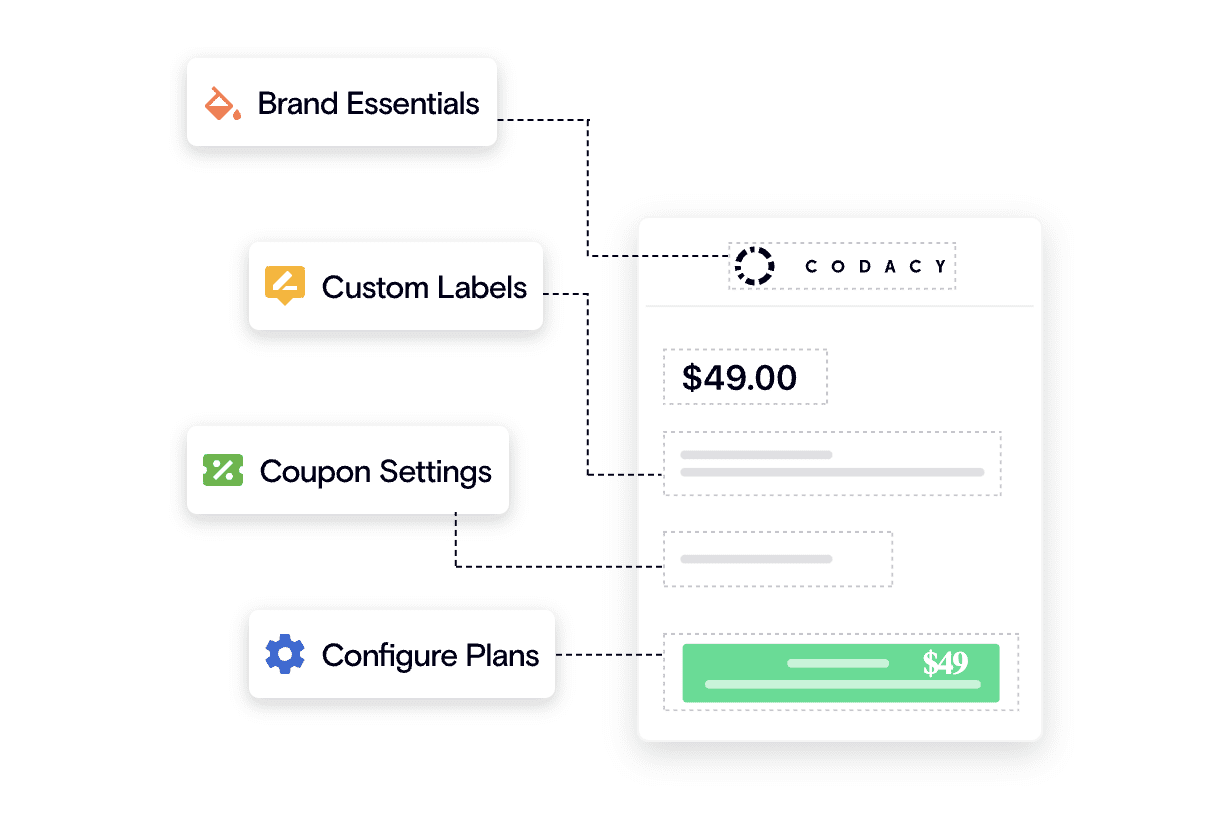
Chargebee lets you accept recurring payments via credit card, debit card, and digital wallets, like Google Wallet, Worldpay, Amazon Pay, and Apple Pay. You can also process offline payments.
This is great for your customers because it gives them more options. But it’s also great for your software business because it maximizes your ability to collect from customers without you having to do any extra work.
5. Improve Your Customer Relationship Management
Chargebee’s Subscription Management Software is a unique system that lets your customers manage their own subscription data using a fully customizable customer portal.
Your team can use Chargebee to create a rich customer experience using a system that perfectly matches your company’s style and branding — but allows your customers to keep their information up to date so that you don’t have to.
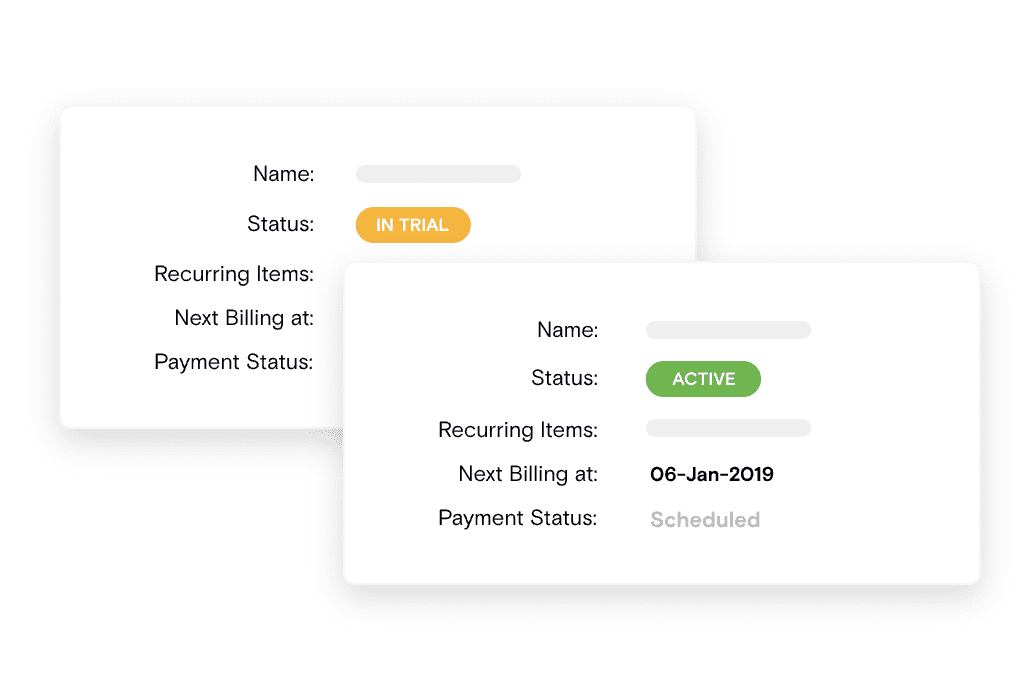
You can also automate large chunks of subscription and customer lifecycle management so that you can collect payment details, push trial users onto paid plans, manage billing adjustments, and more.
Keep Your Revenue Watertight
Cash flow fuels everything a SaaS business does. It doesn’t matter whether you’re running a small or medium-sized business (SMB) or a multinational corporation. Without revenue, you can’t provide those services or generate a profit.
That’s why it’s critical that you maximize your revenue wherever possible and make sure you aren’t unknowingly (or willingly) letting go of revenue that your business has earned.
You’ve got to identify and plug sources of revenue leakage as quickly and effectively as possible — delving into the analytics behind your software business to understand how and where gaps are appearing.
Are you ready to start plugging revenue gaps and taking control of your hard-earned revenue? Schedule a free demo today and we’ll walk you through how a better revenue management system can boost your business.
